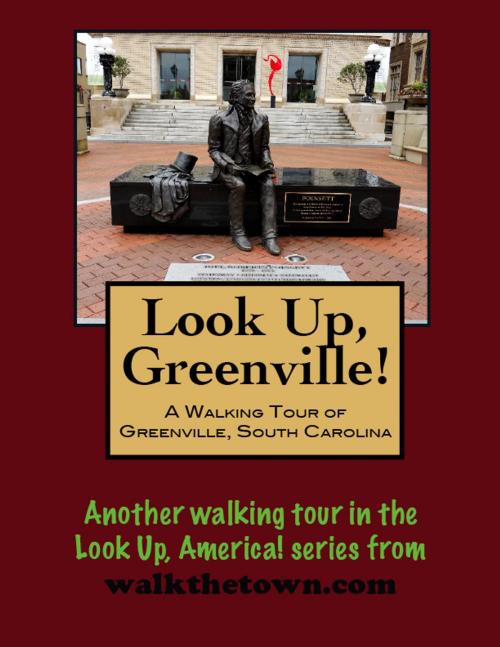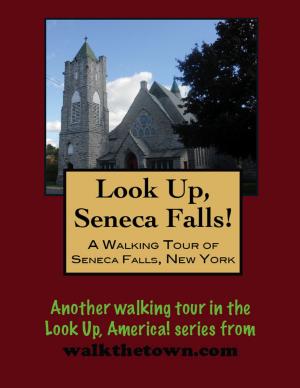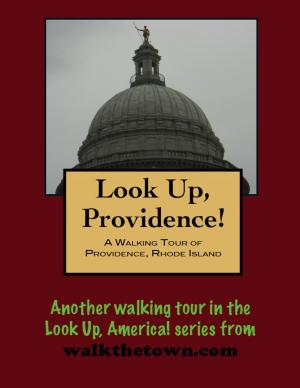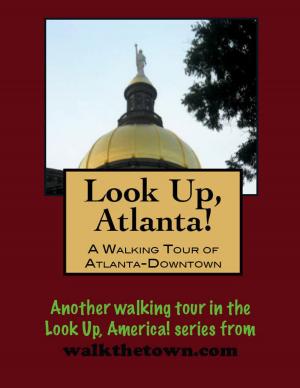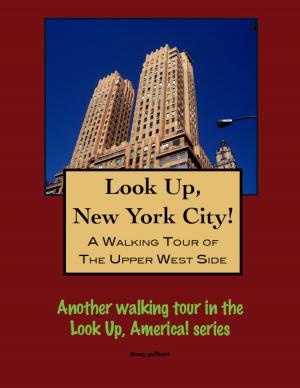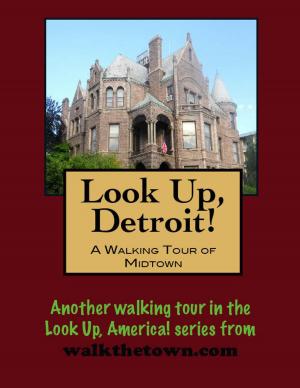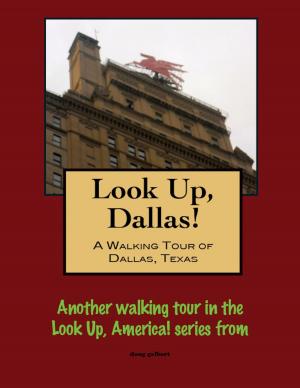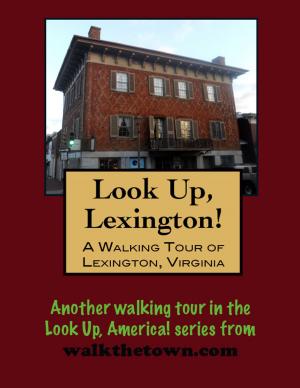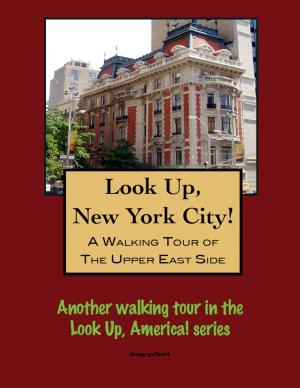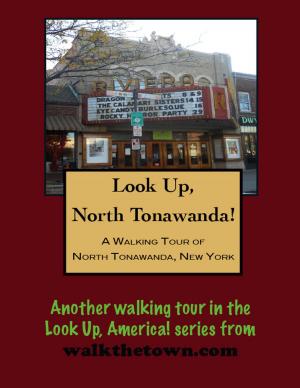| Author: | Doug Gelbert | ISBN: | 9781458092243 |
| Publisher: | Doug Gelbert | Publication: | March 5, 2011 |
| Imprint: | Smashwords Edition | Language: | English |
| Author: | Doug Gelbert |
| ISBN: | 9781458092243 |
| Publisher: | Doug Gelbert |
| Publication: | March 5, 2011 |
| Imprint: | Smashwords Edition |
| Language: | English |
There is no better way to see America than on foot. And there is no better way to appreciate what you are looking at than with a walking tour. This walking tour of Greenville, South Carolina is ready to explore when you are. Each walking tour describes historical, architectural landmarks, cultural sites and ecclesiastic touchstones and provides step-by-step directions.
Every tour also includes a quick primer on identifying architectural styles seen on American streets.
Between 1760 and 1770, Richard Pearis, the first European settler in what would become Greenville County, established a trading post and grist mill on the banks of the Reedy River. He married a Cherokee woman and records indicate that the Cherokee tribe thought so highly of him that he was given several tracts of land by the Cherokee Indian tribe. Following the defeat of the Cherokees and the British during the Revolutionary War, Pearis lost all his property and South Carolina made available to Revolutionary soldiers for first occupancy all of the land which composes Greenville County, established in 1786 and named for an early resident, Isaac Green or Revolutionary War general Nathanael Greene.
In 1797 Lemuel J. Alston, a prominent resident, offered a site for the courthouse in Greenville County. Alston marked off four hundred acres around the courthouse plat, laying out the village of Pleasantburg. His real estate speculation did not pan out, however, and Alston, disappointed in his real estate endeavor and embarrassed over a political defeat, sold 11,000 acres to Vardry McBee in 1815 and left Greenville.
McBee would come to be regarded as the “Father of Greenville”. He was instrumental in moving Furman University from Edgefield to Greenville in 1851 and in securing Greenville’s first railroad in 1853. McBee encouraged the construction of mills to take advantage of Greenville’s proximity to fast-flowing water, the Reedy River. Soon the town was the home to a number of grist, textile and paper mills and the largest carriage factory east of the Mississippi. By the end of the 19th century and into the next, Greenville industry was expanding up and down the banks of the Reedy River.
By the 1920s Greenville being touted as the “ Textile Center of the South” and was the second wealthiest town in South Carolina. In a building boom the 12-story Poinsett Hotel, billed as “Carolina’s Finest,” and the ten-story Chamber of Commerce Building were both completed in 1925. That same year the state’s largest furniture store and a theater were also built in Greenville.
In recent years Greenville’s urban renewal efforts have been among the state’s most vigorous. Although it still contains many structures and residential neighborhoods of historical and architectural significance, most of the city’s housing and commercial stock in downtown have been replaced. To see what remains and what new wonders line the streets, our walking tour will begin on the banks of the Reedy River where a landscaped park preserves the site of the city’s first settlement and the succession of mills that once stood there...
There is no better way to see America than on foot. And there is no better way to appreciate what you are looking at than with a walking tour. This walking tour of Greenville, South Carolina is ready to explore when you are. Each walking tour describes historical, architectural landmarks, cultural sites and ecclesiastic touchstones and provides step-by-step directions.
Every tour also includes a quick primer on identifying architectural styles seen on American streets.
Between 1760 and 1770, Richard Pearis, the first European settler in what would become Greenville County, established a trading post and grist mill on the banks of the Reedy River. He married a Cherokee woman and records indicate that the Cherokee tribe thought so highly of him that he was given several tracts of land by the Cherokee Indian tribe. Following the defeat of the Cherokees and the British during the Revolutionary War, Pearis lost all his property and South Carolina made available to Revolutionary soldiers for first occupancy all of the land which composes Greenville County, established in 1786 and named for an early resident, Isaac Green or Revolutionary War general Nathanael Greene.
In 1797 Lemuel J. Alston, a prominent resident, offered a site for the courthouse in Greenville County. Alston marked off four hundred acres around the courthouse plat, laying out the village of Pleasantburg. His real estate speculation did not pan out, however, and Alston, disappointed in his real estate endeavor and embarrassed over a political defeat, sold 11,000 acres to Vardry McBee in 1815 and left Greenville.
McBee would come to be regarded as the “Father of Greenville”. He was instrumental in moving Furman University from Edgefield to Greenville in 1851 and in securing Greenville’s first railroad in 1853. McBee encouraged the construction of mills to take advantage of Greenville’s proximity to fast-flowing water, the Reedy River. Soon the town was the home to a number of grist, textile and paper mills and the largest carriage factory east of the Mississippi. By the end of the 19th century and into the next, Greenville industry was expanding up and down the banks of the Reedy River.
By the 1920s Greenville being touted as the “ Textile Center of the South” and was the second wealthiest town in South Carolina. In a building boom the 12-story Poinsett Hotel, billed as “Carolina’s Finest,” and the ten-story Chamber of Commerce Building were both completed in 1925. That same year the state’s largest furniture store and a theater were also built in Greenville.
In recent years Greenville’s urban renewal efforts have been among the state’s most vigorous. Although it still contains many structures and residential neighborhoods of historical and architectural significance, most of the city’s housing and commercial stock in downtown have been replaced. To see what remains and what new wonders line the streets, our walking tour will begin on the banks of the Reedy River where a landscaped park preserves the site of the city’s first settlement and the succession of mills that once stood there...
